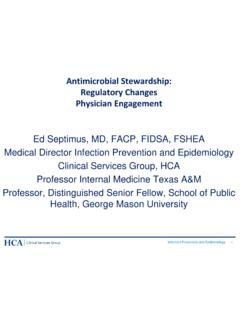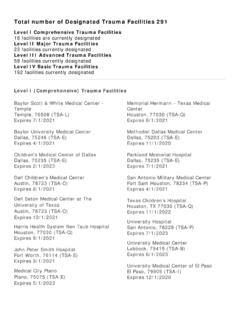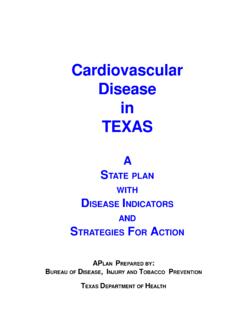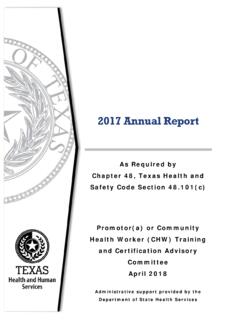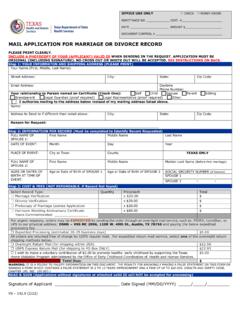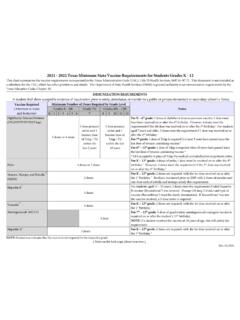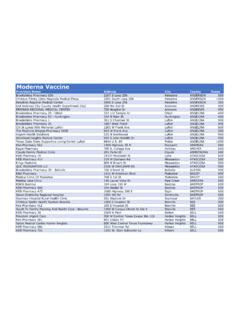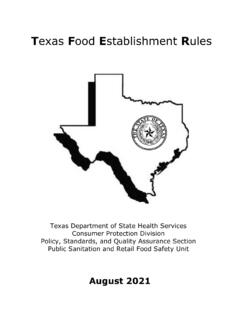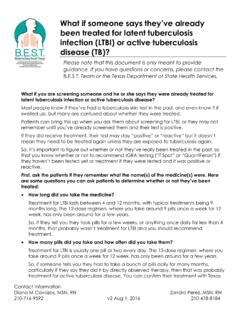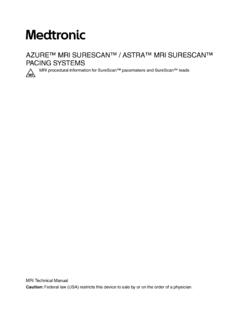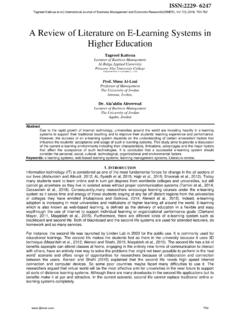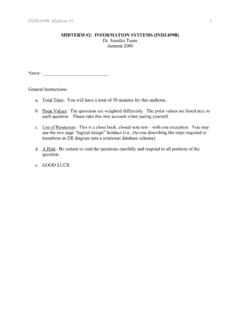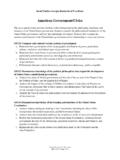Transcription of Frequently Asked Questions for DNR - Texas
1 Frequently Asked Questions for DNR. What is Out-of-Hospital Do-Not-Resuscitate Order? The Out-of-Hospital Do-Not-Resuscitate Order allows patients to direct health care professionals in the out-of-hospital setting to withhold or withdraw specific life-sustaining treatments in the event of respiratory or cardiac arrest. What is an out-of-hospital setting? The law defines out-of-hospital as a location in which health care professionals are called for assistance, including long-term care facilities, in-patient hospice facilities, private homes, hospital outpatient or emergency departments, physician's offices and vehicles during transport.
2 Who is a health care professional? The law defines healthcare professionals as physicians, physician assistants, nurses, emergency medical services personnel and, unless the context requires otherwise, includes hospital emergency personnel. What life-sustaining treatments are prohibited? Cardiopulmonary resuscitation (CPR) Pushing down on the middle of the chest when a heart has stopped beating to help beat the heart, and breathing into the lungs through the mouth to fill the lungs with air for a person that has stopped breathing and whose heart has stopped beating.
3 Transcutaneous Cardiac pacing Pads put on the outside of the chest so an electrical impulse can be sent to the heart to try to regulate certain irregular beats that could be dangerous to a person's life. Defibrillation An electric shock put through the chest to try to start their heart beating again when it has stopped. Advanced Airway Management When trained people put what looks like a clear tube into a person's mouth, when that person has stopped breathing or is not able to breathe well on their own, to breathe for them.
4 Artificial Ventilation When trained people use a football-sized bag and a mask that fits over a person's mouth and nose to push air into the lungs when the patient can't breathe on their own or have stopped breathing. Does this mean that there are no comfort (palliative) measures offered? No. Comfort measures are specifically allowed. Is the form available in Spanish or other languages? No, but the instructions for the form are available in Spanish. Since we don't require health professionals to speak or read Spanish, we cannot require them to accept a form that is in Spanish.
5 For instructions in Spanish go to How does a competent person who cannot sign his or her name fill out a DNR form under Section A? In the opinion of DSHS attorneys, have the person make some form or mark in Section A for signature. It does not have to be a person's legible name. The physicians and witnesses should be present at time of signing. On a separate sheet of paper, write that the signature in Section A is the person's signature and that they were competent upon signing the Patient Statement section of the form. Have the witnesses sign and date this and attach it to the DNR form.
6 Does the form have to be notarized? A notary public can witness the signature of the person filling out the form in lieu of two witnesses. If two witnesses are present, the form does not need to be notarized. Note: In Section D of the OOH-DNR form a notary cannot witness a competent person making an OOH-DNR order in a non-written manner to a physician. This can only be acknowledged by two witnesses. It says that witness one cannot provide direct patient care. Does that mean that social workers can't sign as witness one? According to HHS, social workers, chaplains and people who provide nutrition services DO NOT provide direct patient care and therefore can sign as Witness One.
7 Can a physician's assistant or nurse practitioner sign the physician's statement? No. Only the attending physician can sign in this section. Why does everyone have to sign twice? All persons who have signed the DNR form must sign at the bottom of the page to acknowledge that the document has been properly completed. Can a DNR be revoked? DNR can be revoked at any time by the patient or the person who acted on behalf of the agent. Revocation can be in the form of communication to responding health care professionals, destruction of the form, or removal of devices.
8 Is a copy of the form acceptable? You can make copies of the form before it's filled out and after it's filled out. Copies should be accepted like the originals. Does an image or photo on a cell phone of an entire OOH-DNR Order constitute a copy ? No. Chapter 166 of the Texas Health and Safety Code does not specifically allow for a cell phone image/photo to be an acceptable substitute for a paper copy. What happens if the patient is transported by EMS? A copy of the form or the device must accompany the patient. What if EMS begins treatment and is then presented with the form?
9 After verifying the validity and correctness of the form, EMS should cease using CPR, transcutaneous cardiac pacing , defibrillation, advanced airway management and artificial ventilation on the patient. What happens if the form is not filled out correctly or EMS has doubts about any of the information? Health professionals can refuse to honor a DNR if they think: The patient is pregnant There are unnatural or suspicious circumstances surrounding the death. The form is not signed twice by all who need to sign it or is filled out incorrectly.
10 Does a person who wears a bracelet or necklace (called a device in the rules) have to also carry the form with them? The rule states that a DNR device shall be honored in lieu of a DNR form. What is an outpatient healthcare facility's responsibility specifically in regards to addressing whether or not a person has a DNR? Health care professionals must honor a valid DNR. There is nothing in the law about a facility having to inform patients about DNR. However, the Texas Health and Human Services (HHS), who regulates nursing homes, does have a policy (not a rule or law) about nursing homes providing info about DNR.
